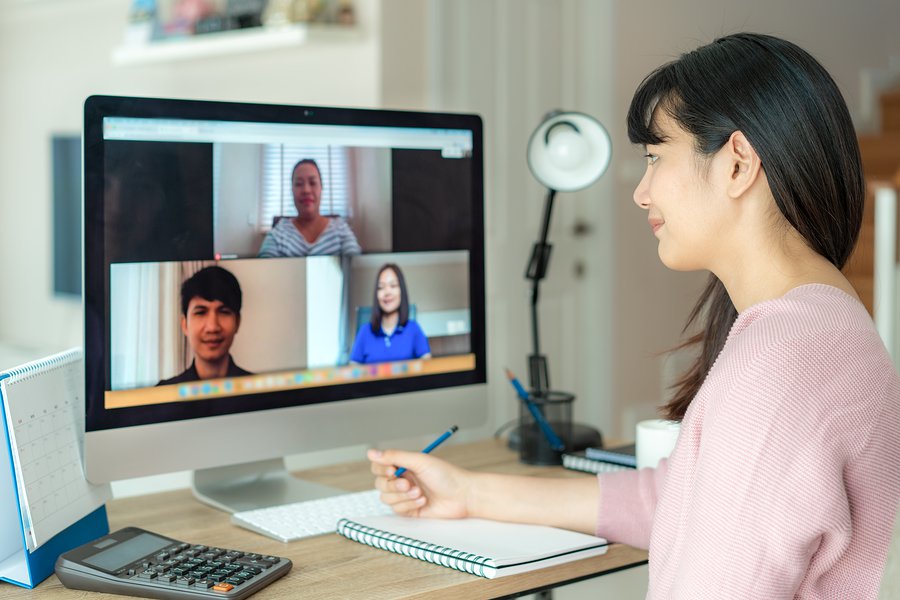The Future of Work: Adapting Hiring Strategies for the Post-Pandemic Landscape

The COVID-19 pandemic has brought about significant changes in the workplace. As we navigate the post-pandemic era, it’s essential for businesses to adapt their hiring strategies to these new realities. This article delves into how companies can effectively adjust their hiring practices in a world that is gradually moving back to traditional office settings.
Embracing the Return to the Office
With many businesses moving away from remote work, there’s a renewed focus on in-person collaboration and the traditional office environment.
Do's
Don'ts
Revitalize Office Culture:
Reinforce the value of face-to-face interactions and collaborative office culture.
Adapt Physical Spaces:
Redesign office spaces to ensure safety, comfort, and productivity.
Hybrid Flexibility:
Offer hybrid working options where possible, allowing for a blend of in-office and remote work.
Ignoring Safety Concerns:
Overlooking health and safety measures in the office can lead to discomfort and health risks.
Underestimating the Value of Face-to-Face Interaction:
Failing to recognize the importance of personal interaction in building team dynamics and fostering innovation.
Focus on Employee Well-being
The pandemic has underscored the importance of mental health and employee well-being, even in traditional office settings.
Do's
Don'ts
Wellness Programs:
Implement initiatives that support physical and mental health within the office environment.
Regular Check-ins:
Maintain open lines of communication to understand and address employees' concerns and needs.
Neglecting Employee Needs
Maintain open lines of communication to understand and address employees' concerns and needs.
Leveraging Technology in Hiring
Even with a return to traditional work settings, technology continues to play a crucial role in the hiring process.
Do's
Don'ts
Efficient Screening Tools:
Utilize technology for initial resume screening and applicant tracking.
In-Person Interviews with a Tech Touch:
Combine technology with in-person interviews for a comprehensive evaluation of candidates.
Overlooking Personal Interaction:
While technology is useful, it shouldn't replace the personal touch in the final stages of hiring.
Strengthening Diversity and Inclusion
Diversity and inclusion remain critical, especially in traditional work environments.
Do's
Don'ts
Diverse Hiring Panels:
Ensure a varied representation on hiring panels to reduce bias.
Inclusive Policies:
Develop policies and practices that promote diversity and inclusion in the workplace.
Superficial Efforts:
Merely ticking boxes in diversity without fostering an inclusive culture is counterproductive.
The post-pandemic world offers unique opportunities and challenges in hiring. Organizations that adapt their strategies to the changing landscape, while emphasizing the importance of in-office interactions and employee well-being, are poised to thrive in this new era.